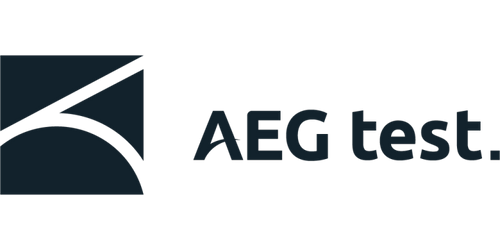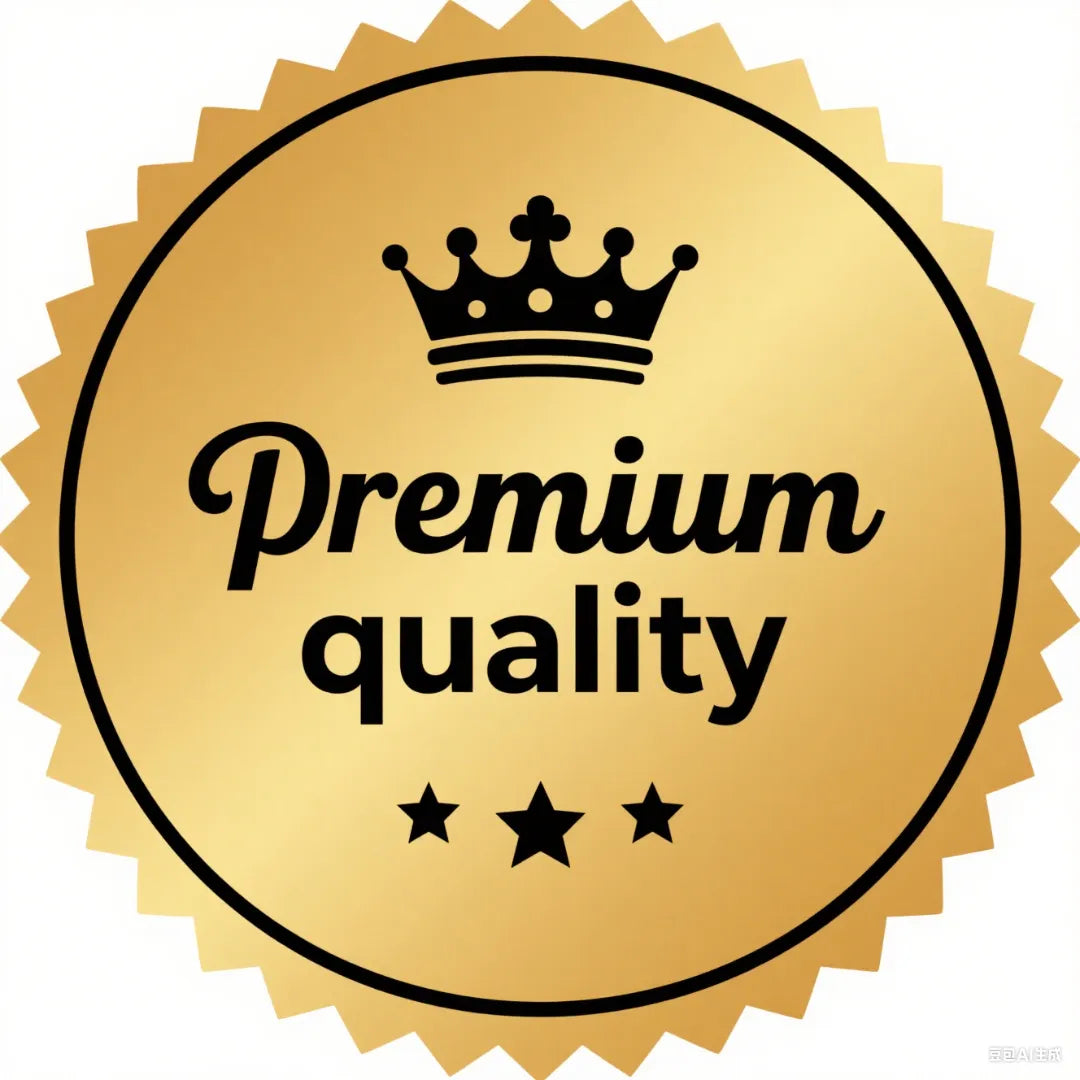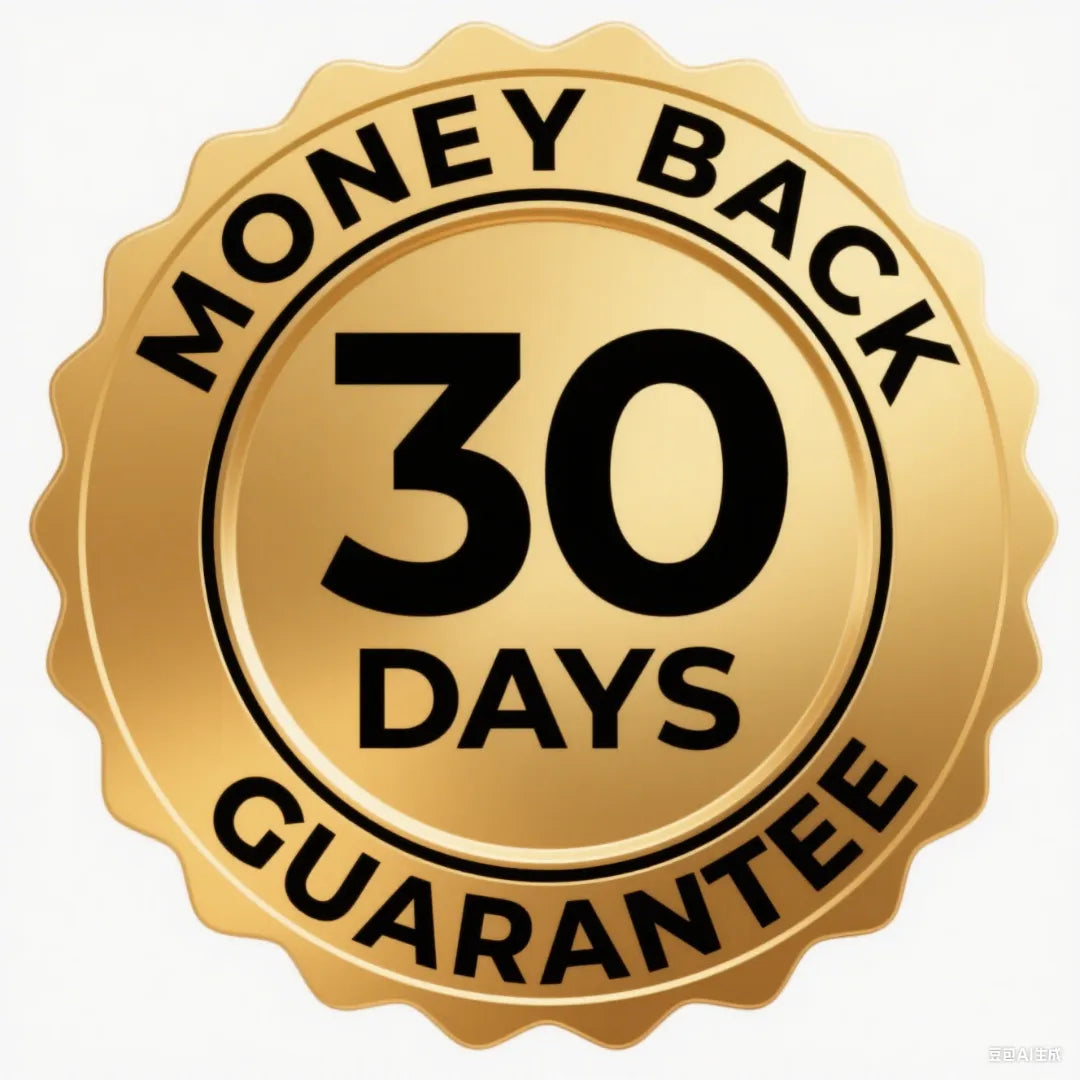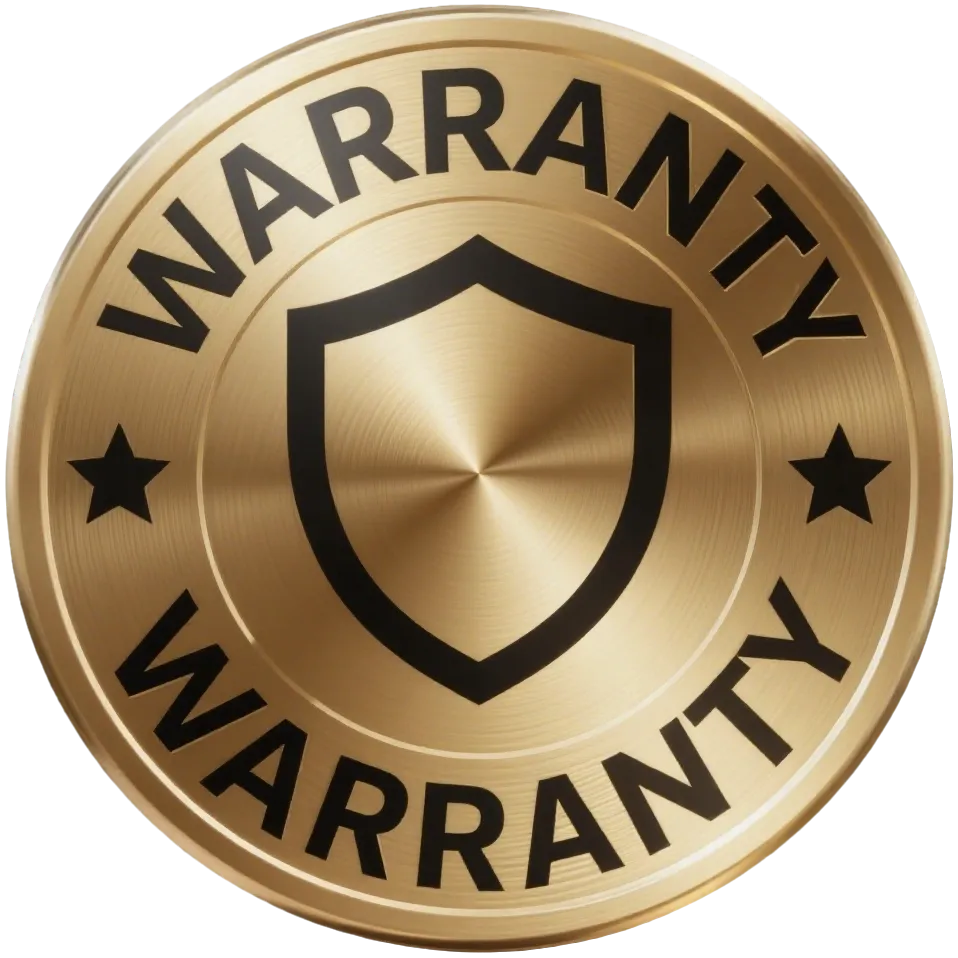Many homeowners believe that living with low radon levels—such as 100 Bq/m³—is harmless. It’s often called the “safe level,” aligned with guidelines from various health authorities. But cutting-edge research and international risk models show that even these levels carry a real, measurable cancer risk: approximately 1 in 2,500 individuals may develop lung cancer from lifelong exposure at 100 Bq/m³. This article examines why low-dose exposure matters, explains the science and policy implications, and introduces the AEGTESTSHOP radon detector as a practical tool for continuous monitoring and prevention.
What Is Radon and Why Does It Matter?
Radon (Rn‑222) is a naturally occurring radioactive noble gas formed by uranium decay in soil and rock. It seeps into buildings through foundation cracks, gaps around pipes, and foundations. Because radon is odorless, colorless, and tasteless, people rarely know it’s present in their homes—yet it is classified as a Group 1 carcinogen by the International Agency for Research on Cancer (IARC) .
Why 100 Bq/m³ Isn’t Truly “Safe”
☢️ WHO and European Risk Models
The World Health Organization (WHO) estimates a 16% increase in lung cancer risk per 100 Bq/m³ of radon concentration, based on pooled evidence from European studies.
The International Commission on Radiological Protection (ICRP) similarly assumes a linear, no‑threshold model (LNT) where any additional dose, regardless of size, adds proportional cancer risk.
🔍 Absolute Risk at 100 Bq/m³
Applying these models, the estimated lifetime lung-cancer risk for lifelong non-smokers living in a home with 100 Bq/m³ radon is approximately 0.5%—meaning 1 in 200 people may develop lung cancer due to radon exposure. Among that group, risk estimates suggest 1 additional case per 2,500 individuals exposed to the standard “safe” level of 100 Bq/m³.
While percentages sound small, cumulative exposure affects millions of households, translating to a major public health concern.
New Research & Risk Confirmation
A recent Canadian occupational study estimates that among ~603,000 workers exposed to 100–200 Bq/m³, many will have elevated lifetime cancer risk. In Europe, pooling studies confirm that no level below 150 Bq/m³ is free of risk. The models confirm: even at 100 Bq/m³, lung cancer risk is elevated by about 15–20% relative to low-exposure groups.

Smoking & Other Factors Amplify Risk
Radon risk multiplies when combined with smoking. Smokers exposed to ≥100 Bq/m³ have dramatically higher lung cancer risks—estimates show up to 25 times higher likelihood compared to non-smokers not exposed to radon.
Even low radon levels become dangerous in homes with tobacco use. Other lung hazards (asbestos, dust) further increase risk in synergy with radon.
Why Authorities Still Set 100 Bq/m³ as Reference
Health agencies adopt 100 Bq/m³ as a reference or target level, not a guaranteed safety threshold. It represents an achievable indoor standard aligning with cost-effective mitigation—and lower than many national action levels (e.g., 200–300 Bq/m³).
Practically, it guides homeowners and landlords on when to retest and reduce levels. But “reference” does not equal “risk-free.”
Real-Life Case: Why Monitoring Matters
Statistics suggest that if you live in a radon-prone area (e.g., certain parts of the UK or Central Europe), many neighboring homes exceed 100 Bq/m³. One large Germany survey showed roughly 12.5% of homes exceed 100 Bq/m³, and 2.2% exceed 300 Bq/m³.
Without reliable testing, homeowners cannot know if their exposure is near 40 Bq/m³ or dangerously elevated toward 500 Bq/m³.
Introducing the AEGTESTSHOP Radon Detector
Preventing radon-related cancer begins with knowing your home’s radon levels. The AEGTESTSHOP Radon Detector (e.g. HOUND‑1085 or HOUND‑3699) offers:
-
1‑hour initial reading, then updates every 10 minutes
-
Long‑term monitoring with color-coded display & audible alerts if concentrations rise
-
Cumulative historical logs to identify trends
-
Portable design for use across rooms or during home inspections
-
Quick alerts when levels exceed WHO reference (100 Bq/m³) or national action levels (e.g. 200–300 Bq/m³).
With this device, homeowners can act based on actual data—not assumptions.
Dose–Response & Health Implications
According to the LNT model, there's no safe dose. Lifetime risk increases even at low exposures. A home at 100 Bq/m³ might yield 0.5% lifetime risk, and 400 Bq/m³ might produce ~0.7% risk for non-smokers—and 2%+ for smokers. In absolute terms, these percentages represent thousands of preventable lung cancer cases each year.
What You Can Do: Three Action Steps
1. Measure Your Home
Purchase or use a reliable electronic radon monitor like AEGTESTSHOP’s models. Place it in the lowest livable level and record readings over weeks or months. The detail helps detect daily and seasonal variations.
2. Take Action If Levels Exceed Reference
If your reading is:
-
>100 Bq/m³: proceed with retest and consider mitigation.
-
>200 Bq/m³ (per WHO medium risk) or local action level (e.g. 300 Bq/m³): consult a certified radon remediation professional.
3. Mitigation Measures
Common solutions include:
-
Sub-slab depressurization (vacuum pipe)
-
Sealing cracks and foundation gaps
-
Improving ventilation
-
Installing heat recovery ventilation (HRV)
Even homes at 150 Bq/m³ can significantly reduce risk through relatively affordable fixes.
Summary Table: Radon Levels & Lung Cancer Risk

Smokers face risks 10–25× higher at all exposure levels.
Final Thoughts: Know It, Measure It, Mitigate It
Calling 100 Bq/m³ “safe” is misleading. While it’s a reference standard, it carries real cancer risk—especially with long-term exposure and in combination with smoking or occupational hazards.
Awareness, measurement, and mitigation are your best defenses. Using trusted tools like the AEGTESTSHOP radon detector provides objective data—and empowers action.
Because when the invisible gas sticks around for decades, even "light" exposure can cost lives. Don’t wait. Detect now—protect later.






